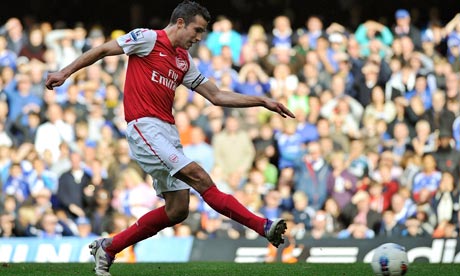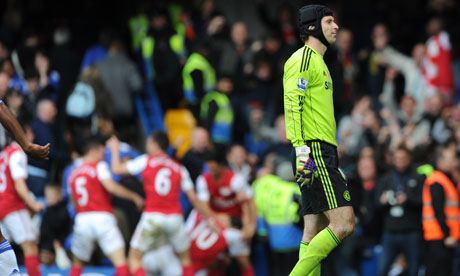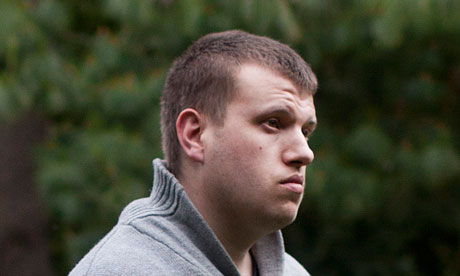VietNamNet Bridge – Universities cannot persuade graduates to stay at the schools to work as lecturers, while it is very difficult to “hunt for heads” on the market.
 |
Excellent graduates keep indifferent
Under the current regulations, the graduates, who become lecturers after finishing schools, would not be allowed to give lectures in the first year of working, while they can only make scientific research, attend teaching hours of colleagues or undertake students’ affairs. Therefore, a lot of new lecturers feel discouraged and decide to give up the job.
“The salary is low, while the job is boring, therefore, it is very difficult to retain them,” said Hoang Manh Dung, Head of the Administrative Division of the HCM City Open University.
Dung said that the school tries to ensure the permanent staff accounting for 50-60 percent of the total lecturers. However, it is always very difficult to ensure the percentage. It launched the campaign of recruiting new lecturers for the school, but only 40 applications were made, and only 25 lecturers were recruited.
Dung revealed that the school tried to persuade excellent graduates to stay at the school to work as lecturers, but most of them refused the invitation. Only several students, who got university degrees at good level, accepted the invitation, but it seems that they do not have high enthusiasm.
In the past, the postgraduate training regulations allowed 5 percent of excellent graduates to continue studying for master degree without having to attend exams. Meanwhile, the current regulations stipulate that all university graduates have to sit exams to enter the training courses. Therefore, according to Dung, it is now very difficult to retain excellent graduates to be trained to become lecturers.
The HCM City Law University has received 72 applications for the post of lecturers after three months of seeking lecturers. Phan Le Hoang Toan, Deputy Head of the Administration and Personnel Division of the school, most of the candidates were bachelors, and only seven of them got university degrees at excellent level.
Nguyen Manh Hung, President of the Nguyen Tat Thanh University, also said that his school finds it very difficult to recruit lecturers.
Working as lecturers while waiting for better opportunities to come
Universities all believe that it is difficult to recruit lecturers nowadays because the income of lecturers is too low.
Dung said that a new lecturer would receive the salary of 3-4 million dong a month for the first year of working, if he has the university degree at excellent level. Meanwhile, a new school graduate can get 5-6 million dong at least if he goes working for a company.
That explains why most of the candidates for the post of lecturers are female graduates, who do not try to earn money at any cost and feel satisfactory with stable lives.
There are also male candidates, but they make such decisions just because they want to have time to follow new training courses for master degree or seek scholarships to go studying abroad. After they return from overseas with the master degree, they would leave the schools for other jobs which can bring better income.
According to Dung, the HCM City Law University has surveyed its students about if they intend to become lecturers. 70-80 percent of them said they intend to stay at the school, but just to make scientific research and have more opportunities to study further, while they did not mention the plan to become lecturers to earn their living.
Source: NLD











